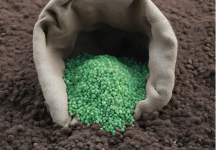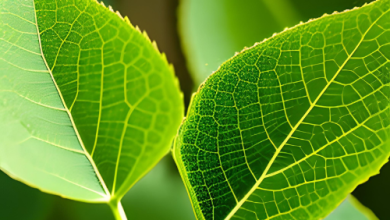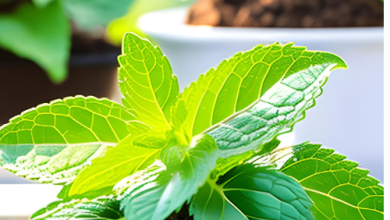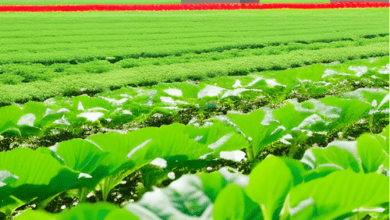Learn how to grow milky vine in nurseries, as well as about disease, pest management, and other issues
A large wild vine plant is known as the Milky Vine. There is a milky white liquid inside of it. it has therapeutic qualities.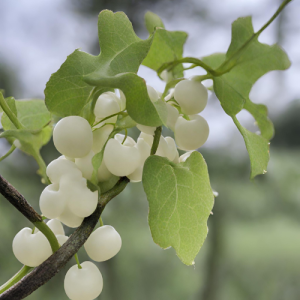
Weather and Soil
This plant loves a humid environment with some sunshine.
The optimal soil for its cultivation is sandy clay.
Growing Supplies:
Its seeds are used to plant it.
From the first week of December through the first week of February, mature seeds are harvested.
The crop may also be propagated by taking cuttings from its stems and roots.
Nursery technique
Plant getting ready
The right amount of moisture requires just light watering
Before planting, the seeds are steeped in water for four to five hours. Within 12 to 15 days, seeds begin to sprout.
In polybags measuring 14 cm by 10 cm, packed in a 1:1:1 ratio with soil, sand, and well-composted manure, are plants that are about a month old. The plant that was planted inside a polybag has to be maintained in the shade and periodically watered.
About 1-2 kilograms of seeds are needed to develop plants on a hectare of land.
Rate of Planting:
For planting, 30,000–35,000 plants per hectare are needed, with a 60 cm × 60 cm spacing.
In the field, planting
After the land has been prepared, milky vine plants should be planted there in May or June.
Preparing the ground
Plowing and weeding are used to prepare the ground.
Using well-mixed soil and sand in the ratio of 1:1 and fertilizer at the rate of 3-6 kg for each plant, pits of 40 cm x 40 cm depth are excavated at a distance of 80 cm × 80 cm.
When growing other crops, the soil is prepared by applying fertilizer at a rate of 30 tonnes per hectare.
Planting separation
About 30 to 40 days after being planted in polybags, the plants are transplanted onto the field when the monsoon season begins in June or July.
A spacing of 80 cm × 80 cm is maintained for single crops.
In this, each hectare needs roughly 35,000 plants.
Around 15,000 plants will be required if grown with other crops.
Promotional Techniques
The milky vine plant requires assistance in July and August since it is a vine.
Between 40 and 50 should be used for the first weeding.
Two times between two and four months after planting, manual weeding is required to maintain the crop free of weeds.
Irrigation:
During the monsoon season, dudhi bel is cultivated using rainfed agriculture.
It is irrigated with 5 cm of water on alternate days after the monsoon season.
Controlling disease and pests
During the wet season, spraying 0.05% Kiwanalfans efficiently prevents aphid attacks.
crops are managed
Harvesting and maturing
Even if the production of fresh roots falls to 245 kg/hectare after 18 months, the crop nevertheless reaches its high at that point.
Harvesting involves digging the dirt up to get the roots. These roots are then given a thorough washing.
Post-harvest administration:
The roots are divided into pieces of 10 cm, dried in the shade, and kept in jute bags.
Yield:
It produces between 15 and 20 tons of dried roots per acre.
400–450 kg/hectare (fresh roots) may be harvested after a year.

